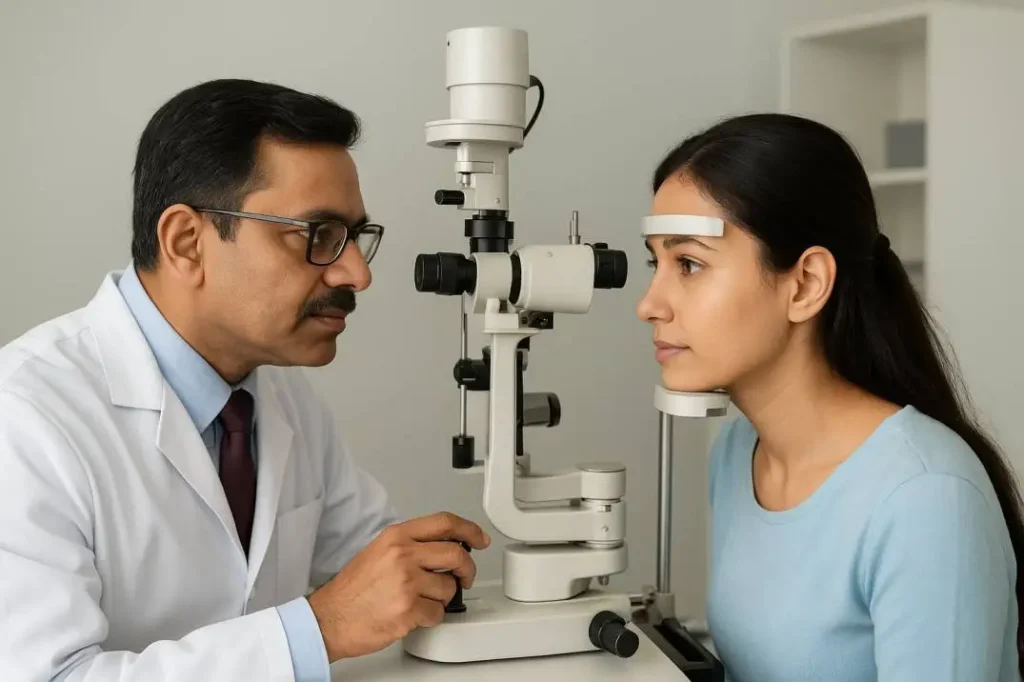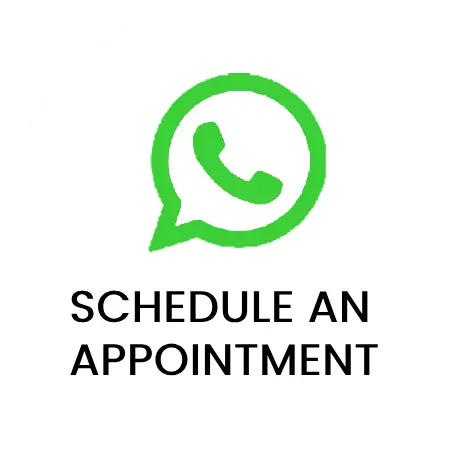Myopia Surgery Cost in India: A Doctor’s Guide

AUTHOR
Ophthalmologist/ Eye Surgeon 13+ Years Exp
MBBS, MS – Ophthalmology
CALL US 24/7 FOR ANY HELP
Condition
GET IN TOUCH ON
If you’re short‑sighted and considering freedom from glasses or contact lenses, myopia surgery may be an option. This guide explains the main procedures, cost ranges in India, what influences pricing, safety considerations, and how to choose the right clinic.
What Counts as Myopia Surgery?
Laser-based procedures (corneal reshaping):
- PRK/TransPRK – surface laser treatment without a flap.
- LASIK/Femto-LASIK – flap creation + corneal reshaping.
- Contoura/Topo-guided LASIK – customised laser treatment.
- SMILE – flapless, keyhole laser method.
Lens-based procedures (inside the eye):
- ICL (Implantable Collamer Lens) – a lens is placed in front of the natural lens.
- RLE (Refractive Lens Exchange) – natural lens is replaced, similar to cataract surgery.
Your suitability depends on prescription stability, corneal thickness, age, eye health, and lifestyle.
Typical Myopia Surgery Costs in India (Per Eye)
- PRK/TransPRK: ₹20,000–₹45,000
- Standard LASIK: ₹25,000–₹45,000
- Femto-LASIK (blade-free): ₹45,000–₹80,000
- Contoura/Topo-guided LASIK: ₹55,000–₹95,000
- SMILE: ₹65,000–₹1,10,000
- ICL (Implantable Collamer Lens): ₹1,20,000–₹2,20,000
- RLE (Refractive Lens Exchange): ₹90,000–₹2,00,000
Note: Metro city corporate hospitals usually charge at the higher end. Tier‑2 city clinics may be 10–20% lower.
Detailed Overview of Each Procedure
PRK/TransPRK
- What it is: Surface laser reshaping, no corneal flap.
- Pros: Preserves corneal strength, suitable for thin corneas and contact sports.
- Cons: More discomfort for a few days, slower recovery.
- Best for: Low–moderate myopia, thin corneas, athletes.
- Cost: ₹20,000–₹45,000.
LASIK / Femto-LASIK
- What it is: Flap creation (blade or femtosecond laser) + reshaping.
- Pros: Quick recovery, excellent vision outcomes.
- Cons: Risk of dry eyes, flap complications possible.
- Best for: Low–moderate myopia with adequate corneal thickness.
- Cost: ₹25,000–₹80,000.
Contoura / Topo-guided LASIK
- What it is: Advanced LASIK customised to corneal surface irregularities.
- Pros: Sharper vision quality in selected eyes, helps night‑vision issues.
- Cons: Not suitable for everyone, higher cost.
- Best for: Patients with irregular corneal maps, night glare problems.
- Cost: ₹55,000–₹95,000.
SMILE
- What it is: Keyhole laser removes a corneal lenticule through a small incision.
- Pros: Flapless, less dry eye, fast recovery, stable outcomes.
- Cons: Limited for very low powers; enhancements more complex.
- Best for: Moderate–high myopia with safe corneal thickness.
- Cost: ₹65,000–₹1,10,000.
ICL (Implantable Collamer Lens)
- What it is: Artificial lens placed inside the eye in front of the natural lens.
- Pros: Corrects very high powers, suitable for thin corneas, reversible.
- Cons: Expensive, requires lifelong check‑ups, rare risks (cataract, glaucoma).
- Best for: High myopia, thin or irregular corneas, unsuitable for laser.
- Cost: ₹1,20,000–₹2,20,000.
RLE (Refractive Lens Exchange)
- What it is: Natural lens replaced with artificial intraocular lens (like cataract surgery).
- Pros: Permanent correction, no cataract in future, premium lens options.
- Cons: Higher risk profile than laser, not ideal for young patients.
- Best for: Age >45, early lens changes, presbyopia.
- Cost: ₹90,000–₹2,00,000.
Factors That Influence Cost
- Technology – Femtosecond lasers, topo-guided platforms, SMILE systems cost more.
- Surgeon’s Experience – Senior surgeons and high‑volume centres charge more.
- Diagnostic Work-up – Corneal topography, tomography, tear film analysis, and retinal exam add cost but ensure safety.
- Complexity – High myopia, thin corneas, dry eye may need additional planning.
- Lens Brand (ICL/RLE) – Premium and toric lenses cost more.
- City/Facility – Metro corporate centres cost more than tier‑2 standalone clinics.
- Inclusions – Medications, protective eyewear, enhancements, and follow‑ups vary.
Choosing the Right Clinic or Surgeon
- Check credentials – Fellowship-trained in refractive surgery, with strong case experience.
- Technology – Centre should offer multiple platforms, not just one procedure.
- Transparent counselling – Risks, benefits, and alternatives explained clearly.
- Pricing clarity – Itemised written quote, clear enhancement policy.
- Aftercare – Surgeon follow-up, emergency contact availability.
Red Flags:
- One procedure offered for everyone.
- No corneal tomography or retinal exam.
- Vague or changing prices.
Unrealistic guarantees of “perfect vision.”
Who is a Good Candidate?
- Stable prescription (≥12 months).
- Adequate corneal thickness, no keratoconus.
- Healthy eye surface.
- No uncontrolled glaucoma or retinal issues.
- Realistic expectations (possible need for glasses later in life).
- Surgery delayed in pregnancy/breastfeeding.
Recovery Timeline
- LASIK/SMILE: Functional vision in 2–3 days.
- PRK: 4–7 days off work; vision improves gradually.
- ICL/RLE: Vision stabilises in 1–2 weeks.
Precautions: Avoid rubbing eyes, swimming, dusty environments, and eye makeup for at least 1–2 weeks.
Insurance & Budgeting
- Most insurance policies exclude elective refractive surgery.
- Some corporate covers may offer partial reimbursement.
EMI and financing options often available.
Consider long‑term savings: cost of surgery vs. lifetime expenses on glasses and contacts.
Bottom Line
- Laser surgeries (PRK, LASIK, SMILE): ₹25,000–₹1,10,000 per eye.
- ICL: ₹1,20,000–₹2,20,000 per eye.
- RLE: ₹90,000–₹2,00,000 per eye.
The right procedure depends on your eye health and lifestyle. Book a full assessment at a centre offering multiple technologies, with transparent pricing and aftercare.
AUTHOR
Ophthalmologist/ Eye Surgeon 13+ Years Exp
MBBS, MS – Ophthalmology
Condition
Myopia
CALL US 24/7 FOR ANY HELP
GET IN TOUCH ON



